

First aid in action
First Aid Student Responds to Car Crash
Only a few hours after completing her first aid course, one of our recent attendees, Jenny, came across a single vehicle accident. Jenny had to call on her brand-new first aid skills to keep the woman safe.


How-To
First Aid for Angina
Angina is a tightness, pressure or discomfort in the chest caused by a lack of blood and oxygen to the heart muscle. Angina does not damage the heart muscle, but can be a warning sign for heart attack.
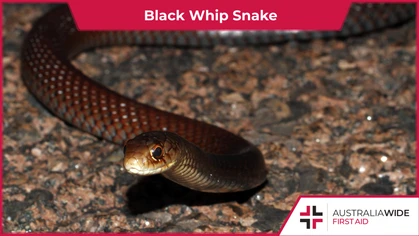

Bites and Stings
First Aid for the Black Whip Snake
The Black whip snake is common throughout south east Queensland, including Brisbane. Large individuals are considered potentially dangerous, as their venom can cause a host of moderate to severe symptoms.


First Aid Training
Get First Aid Certified at our New Cessnock Training Location
We are so excited to announce that we have opened a new first aid training location at Cessnock, the largest town in NSW's Hunter Valley wine region.
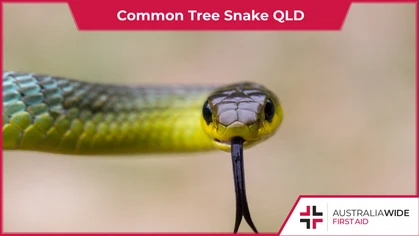

Bites and Stings
Common Tree Snake QLD
The Common tree snake is one of the most common snakes encountered in Brisbane and wider south east Queensland (QLD). They are regularly encountered in homes and suburban gardens, where they use an interesting defence to deter any potential threats.
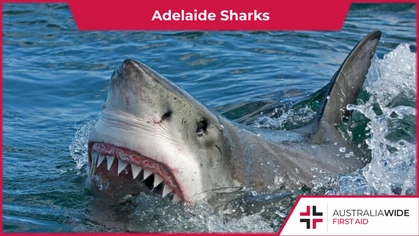

Bites and Stings
Your Guide to Adelaide Sharks
The warmer weather has caused a spike in shark sightings off the coast of Adelaide. Developing an understanding of local shark populations, and what to do if you encounter a shark, could make the difference between life and death.
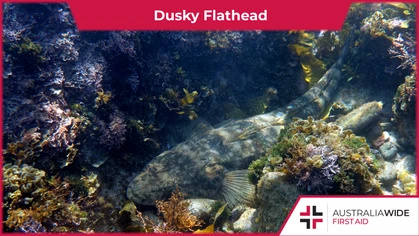

How-To
First Aid for Dusky Flathead Sting
The Dusky Flathead is the largest flathead species in Australia. It is common in rocky reefs and shallow muddy areas along the Australian east coast. They have venomous spines along their body that can cause severe pain and possible infection.


How-To
First Aid for Hyperventilation
Hyperventilation is an emotional response to stress, anxiety or fear that quickens breathing. Hyperventilation depletes the carbon dioxide in the body and reduces the supply of oxygen to vital organs and can lead to blurred vision, hand and finger spasms, and even collapse.
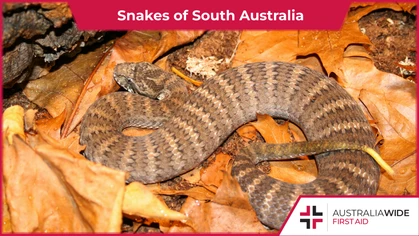

Bites and Stings
First Aid for the Snakes of South Australia
Several venomous snake species can be found in residential areas throughout South Australia. While these snakes will never go out of their way to attack you, their venom can cause dangerous symptoms ranging from bleeding and nausea to irregular heart beat and death.
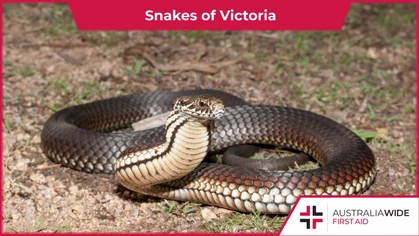

Bites and Stings
First Aid for the Snakes of Victoria
Recent flooding in Victoria has displaced several venomous snake species and forced them into homes, playgrounds, and workplaces. It is important to be familiar with the characteristics and preferred habitats of these snakes, as their bites can cause a host of deadly symptoms.
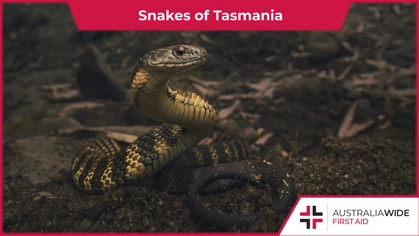

Bites and Stings
First Aid for the Snakes of Tasmania
Tasmania is home to three species of snake: the Tiger snake, the Lowland copperhead snake, and the White lipped snake. These three snake species are all cold adapted and have highly neurotoxic venom.


How-To
First Aid for Crush Injury
A crush injury can result from any object that exerts applied and continual force on the body. Without immediate first aid and medical attention, a crush injury can lead to heart, lung, and kidney failure.